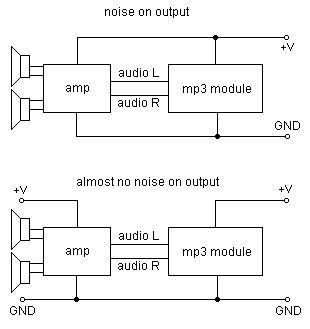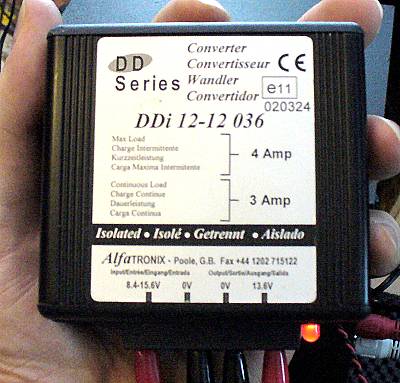fritz42_male
Senior Member
I'm also looking for a video player with serial control - Tenda don't do one and my Googling has been fruitless. Has anyone out there come across one?
That is possible, any noise being put on the power rails can propagate into other power rails ( and via 0v ). It might be solved with capacitors ( larger reservoir and/or smaller decoupling ) around the place, or by moving the supplies apart; incoming PSU split then diode fed to the two separate PICAXE/MP3 and Amplifier modules, RF beads may also help.It seems to be when the amplifier (any amplifier from what I can tell) is powered from the same DC +V source as the mp3 module then there's noticable audio interference which appears to be coming from the microcontroller on the mp3 module

I have a mint samsung box if you want it !Now all I need is a car boot Virgin Media STB to strip and fit it in, passed up many, then when you actually need one. ...

It becomes an audio coupling transformer, or isolating transformer in other words.I'm embarrassed to ask but why would you need the DC to DC converter that has an input that matches the output, sort of a misnomer. I'm guessing it somehow filters the noise from the incoming power supply. I've always used a capacitor or some sort of an RC network.
I wish I knew why I was having these problems when nobody else is complaining and I've been occasionally watching MdFly's stock level on the sales page - they're still selling like hotcakes - either everyone else is tone deaf or I got the only 5 faulty boards they madeI still don't know why Haku has been having these hum problems - it was never an issue for me, and I did have the module coupled to both a stereo pre-amp and directly to a power-amp IC, all running from the same 12v supply, and there was never any humming.
One of life's mysteries...

I too hear a bit of noise but i can live with it, probably because the modules are so affordable. i too will probably get the converter.either everyone else is tone deaf or I got the only 5 faulty boards they made
